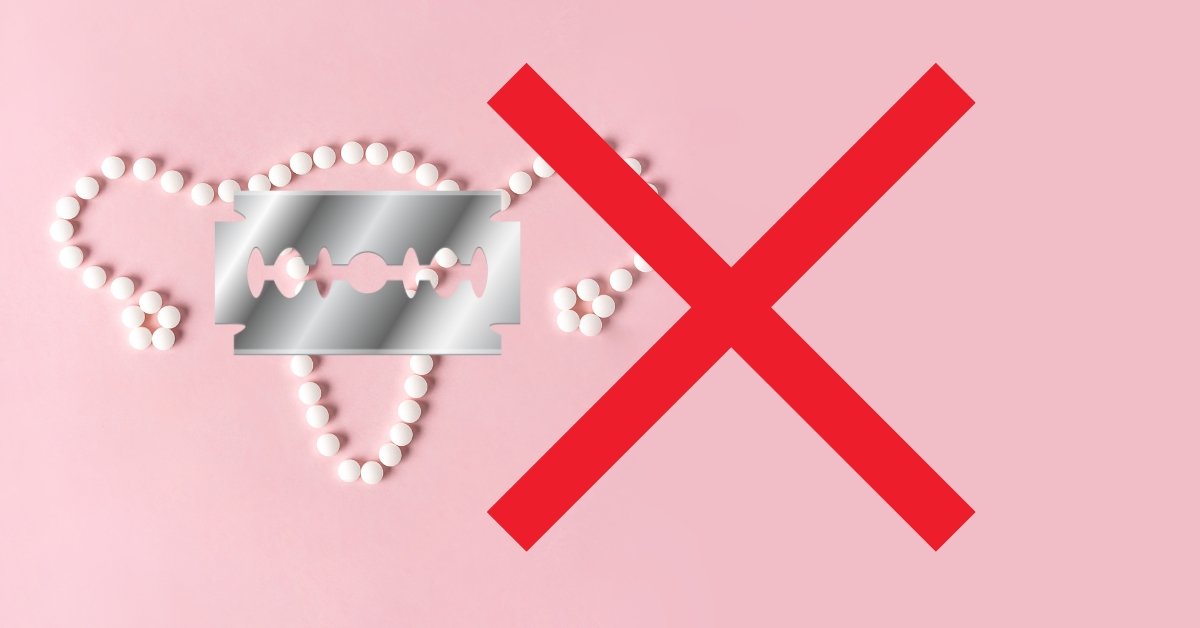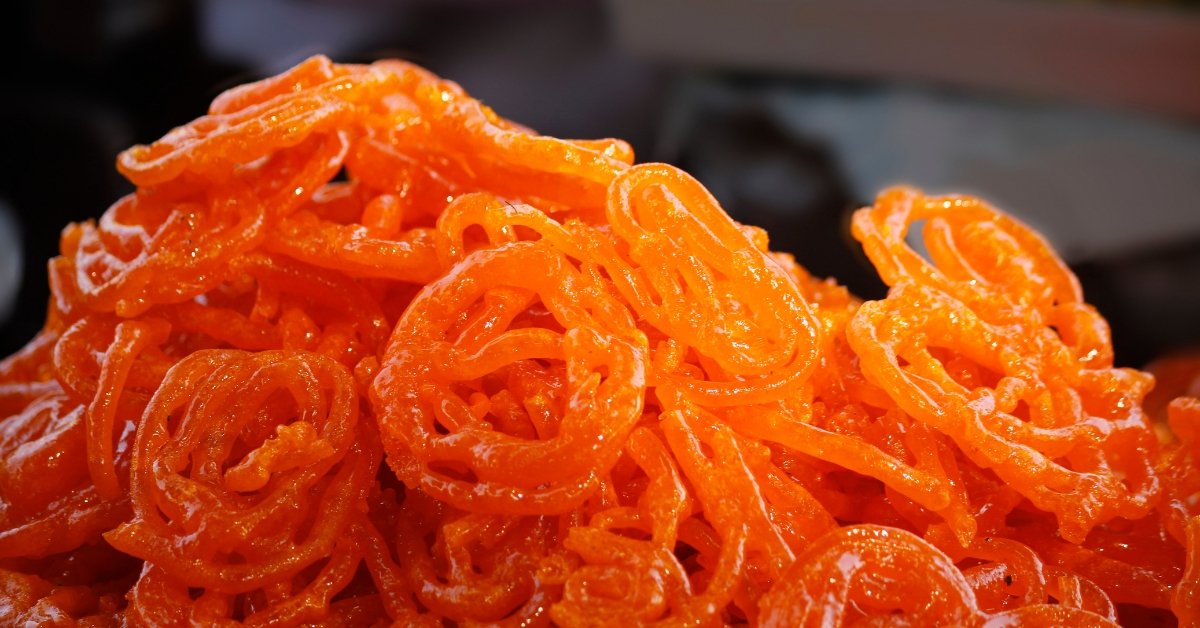Learn why Dawoodi Bohras practice Female Genital Cutting (Khatna) and why many want to stop it. Understand its religious and cultural roots in simple terms.
Table Of Contents
Introduction
The Dawoodi Bohra community is a small, close-knit group of Shia Muslims, with over a million members in India and around the world.
They are known for their colorful traditions and strong community ties.
However, one practice, called Female Genital Cutting (FGC) or Khatna, has caused much discussion because it affects girls’ health and rights.
As of May 2025, Khatna is still common in the community, but many Bohras are working to end it.
This blog explains why Khatna happens, how it is done, and why people are trying to stop it.
What Is Female Genital Cutting (FGC) – Female Genital Mutilation In India (FGM)?
Female Genital Cutting, or Khatna, is when part of a girl’s private parts is cut or removed for non-medical reasons.
The World Health Organization (WHO) says it can harm girls, causing pain, infections, or emotional stress.
In the Dawoodi Bohra community, Khatna is usually a small cut to the clitoral hood (called Type I), done on girls aged 6–7.
Even though it is less severe than other types, it can still cause problems like discomfort or sadness.
Khatna is often done in secret at home by older women, not doctors, which can make it unsafe.
A 2017 survey by Sahiyo, a group working to stop FGC, found that 8 out of 10 Bohra women had Khatna done to them.
Why Do Dawoodi Bohras Practice Khatna?
Khatna happens for a mix of religious, cultural, and social reasons.
Here is a table showing why, based on Sahiyo’s 2017 survey:
| Reason | % |
|---|---|
| It’s part of our religion | 56% |
| To control sexual feelings | 45% |
| To follow old traditions | 42% |
| To keep the body clean | 27% |
1. Religious Reasons
Many Bohras believe that khatna is a religious duty.
In 2016, their leader, Syedna Mufaddal Saifuddin, said it is needed for “purity” based on religious teachings.
The community says India’s laws (Articles 25 and 26) protect their right to practice it.
Some believe girls who do not have Khatna cannot join critical religious events, making it feel necessary.
2. Cultural Traditions
Khatna is seen as a long-standing tradition.
About 42% of people said they do it to keep customs alive.
It is like a sign that a girl is growing up.
Families feel pressure to do it to fit in, and those who do not might feel left out or judged.
3. Social Rules
Around 45% of people think Khatna helps control a girl’s sexual feelings, keeping her “proper” or modest.
This comes from old ideas about how girls should behave.
It is also tied to being respected in the community, where uncut girls might be seen as different.
4. Cleanliness Myths
Some (27%) believe Khatna makes the body cleaner.
However, doctors and the WHO say this is false and can cause health problems, like infections.
How Common Is Khatna?
Khatna is very common among Dawoodi Bohras, especially in India (places like Gujarat and Maharashtra) and in countries like the U.S. and the U.K.
About 75–85% of Bohra women aged 18–85 have had it done.
A 2024 report said 8 out of 10 Bohra girls still go through Khatna.
It is usually done in private homes, not hospitals, which worries people about safety.
Here is a table with key facts about Khatna practices:
Here’s a table with key facts about Khatna practices:
| Fact | Details |
|---|---|
| Age when done | 6–7 years old |
| Who does it | Older women, not doctors |
| Where it happens | Private homes |
| How common it is | 80% of Bohra women |
Why Are People Trying to Stop Khatna?
Even though Khatna is a tradition, many Bohras want it to end.
Sahiyo’s 2017 survey showed 82% of women would not do it to their daughters, and in 2024, 81% said they do not support it.
Here is why:
- Awareness and Education: Groups like Sahiyo talk to Bohras about the harm Khatna causes. They hold meetings and retreats, like one in 2023, to share stories and ideas. In 2025, they started a fund to help advocates work against Khatna.
- Voices from the Community: Younger Bohras, especially women, are speaking up. Some have shared how Khatna hurt them physically or emotionally. Even some mosque leaders are quietly telling mothers not to do it.
- Legal Efforts: Sunita Tiwari asked the Supreme Court in 2017 to ban Khatna in India. As of May 2025, the case is still open, and there is no law against it yet. In other countries, like Australia and the U.S., people have been punished for doing Khatna.
Health And Fairness Issues
Khatna can cause health problems, like infections, pain when peeing, or feeling upset.
A doctor named Sujaat Vali studied 20 Bohra women and found that 3 out of 10 had issues like discomfort.
It is also unfair because young girls cannot choose for themselves.
The WHO says Khatna violates girls’ rights and should stop.
How Does This Compare Globally?
Khatna is practiced in over 30 countries, mainly in Africa and the Middle East.
The Bohra version is less harmful than some types, but it still hurts girls.
Unlike male circumcision, which many accept, Khatna is criticized because it is only done to girls and has no medical benefit.
What Is Next?
Stopping Khatna means respecting Bohra culture while helping people understand its harm.
Talking openly, educating families, and listening to survivors can make a big difference.
Groups like Sahiyo show that change is possible by working with the community, not against it.
A clear law in India could help, but Bohras are leading the way.
Trivia
Did you know the Dawoodi Bohra community is one of the only groups in India that practices Khatna? Their efforts to stop it are inspiring people worldwide!
Conclusion
Female Genital Cutting, or Khatna, in the Dawoodi Bohra community is tied to religion, tradition, and social rules, but things are changing fast.
With 81% of Bohras saying they do not want to continue it, and groups like Sahiyo spreading awareness, there is hope that Khatna will end soon.
This story shows how communities can grow and change harmful practices with kindness and courage.
By learning about Khatna, you are helping support girls’ rights and fairness everywhere.
Want to know more about traditions or social change?
Please browse our website for other articles that explain big topics in simple ways!




